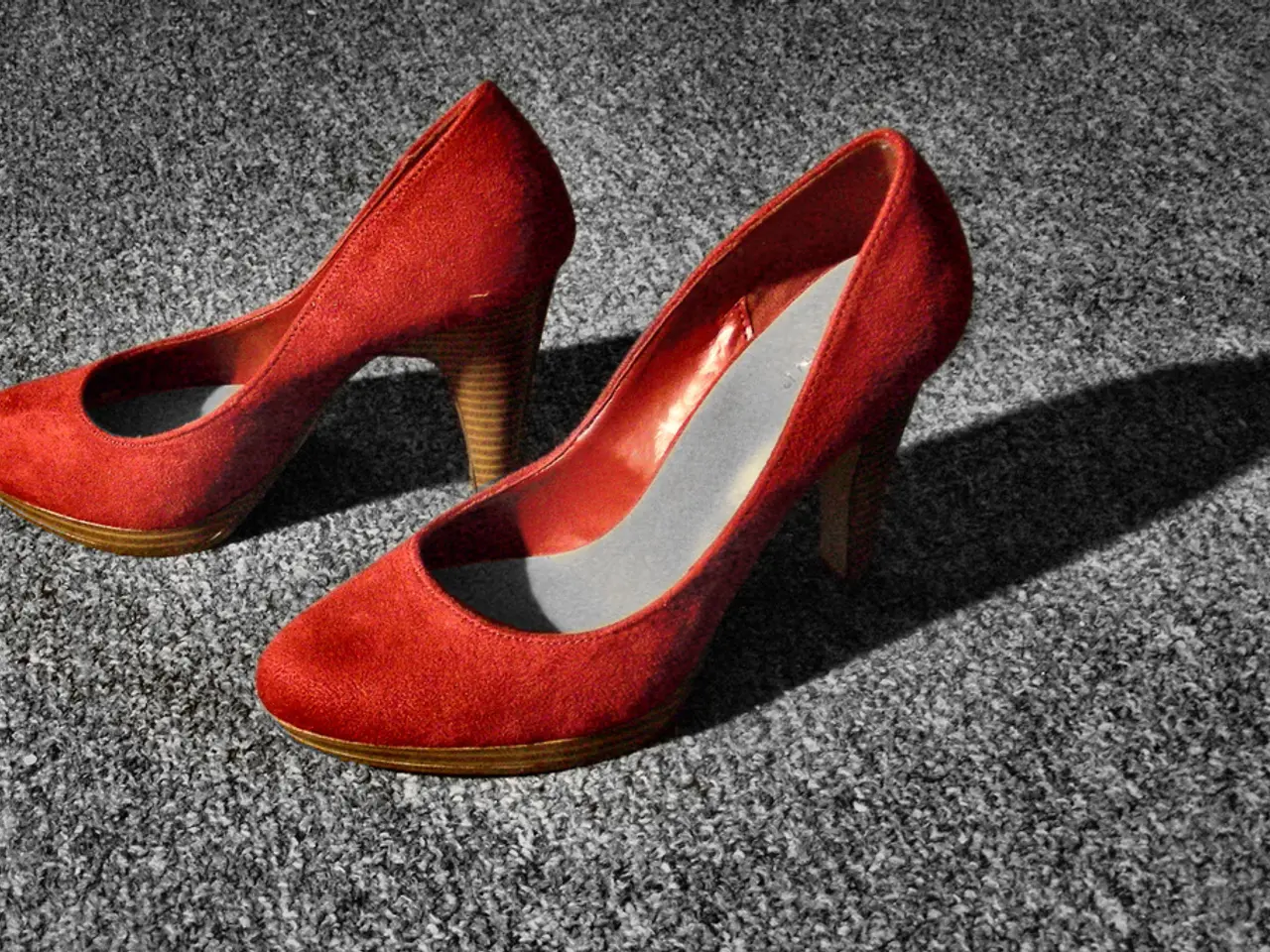Strategies for Preventing and Managing Blisters
In the world of long-distance hiking, blisters can be a common and unwelcome companion. However, with the right footwear, socks, and early management of hot spots, you can significantly reduce the risk of blisters and keep your feet comfortable on your adventures.
### Footwear
Choosing the right footwear is essential for blister prevention. Start by selecting boots or shoes that fit well, with enough toe room to accommodate foot swelling during long hikes. Ill-fitting footwear increases friction and blister risk.
In dry conditions, opt for lightweight, non-waterproof options with mesh uppers to reduce sweating and keep feet drier. However, in wet environments like rainforests, breathable waterproof hiking boots with membranes such as Gore-Tex can help keep feet protected while still allowing some moisture escape.
Footwear with good ankle support and deep lugs can improve stability and reduce rubbing if hiking on steep or muddy terrain. Additionally, supportive insoles can minimize foot movement inside the boot, further reducing hotspots.
### Socks
Selecting the right socks is just as important as choosing the right footwear. Wool or wool-blend socks that wick moisture away and dry quickly are the best options. Avoid cotton socks as they retain moisture and encourage blisters.
Carry extra pairs of socks and change into dry ones during the hike to keep feet dry and clean, especially if your feet sweat heavily or get wet from crossings. Experiment with layering a thin sweat-wicking synthetic sock under a thicker wool sock or try specialized blister-resistant socks for added protection.
Dry worn socks properly by tucking them under pack straps or in mesh pockets rather than balling them up.
### Managing Hot Spots and Blisters on the Trail
Inspect your feet regularly for "hot spots" (areas of friction before a blister forms). Acting early can prevent blisters. If prone to hotspots, apply blister prevention tape or moleskin preemptively on vulnerable areas.
Keep feet clean and dry during the hike by rinsing off dirt and sweat when possible and thoroughly drying before putting socks and shoes back on. Wear gaiters in environments with debris or insects to keep unwanted irritants out of your shoes.
Clip toenails straight across and keep them trimmed to avoid pressure spots.
Covering an intact blister with Leukotape or a blister pad after cleaning can help protect it from further friction. Duct tape can serve as a temporary solution for a hot spot, but should be removed as soon as possible. On a multi-day hike, reinforcing a blister with tape can prevent bursting.
By investing in proper footwear that fits well and suits the environment, wearing moisture-wicking socks with extras on hand, and responding promptly to hot spots with tape or foot care, you can significantly reduce blister risk and keep your feet comfortable on long hikes.
In the realm of backpacking, pairing suitable footwear with appropriate socks can help minimize friction and blisters. After finding boots or shoes with a snug fit and sufficient toe room, opt for wool or wool-blend socks that wick away moisture and dry quickly. By adhering to these practices, one can enhance comfort and reduce blister risk during fitness-and-exercise ventures like hiking, while also promoting health-and-wellness on long-distance journeys. Furthermore, delving into the science of foot care, early management of hot spots and blister prevention can significantly improve overall backpacking experiences.




